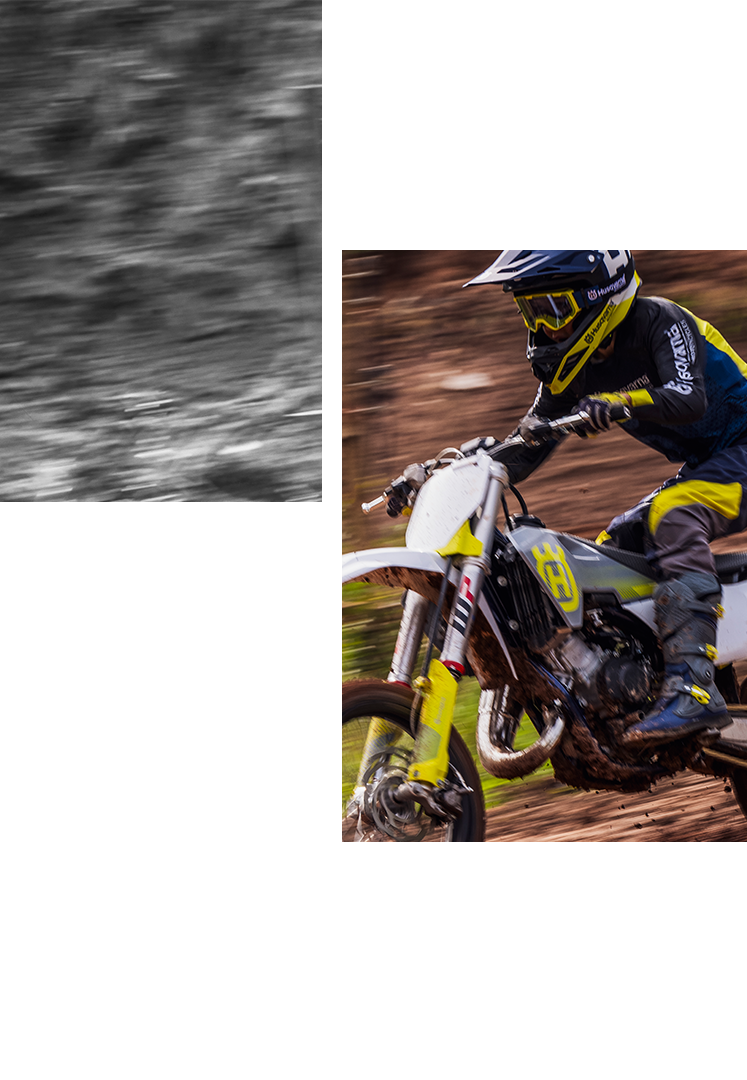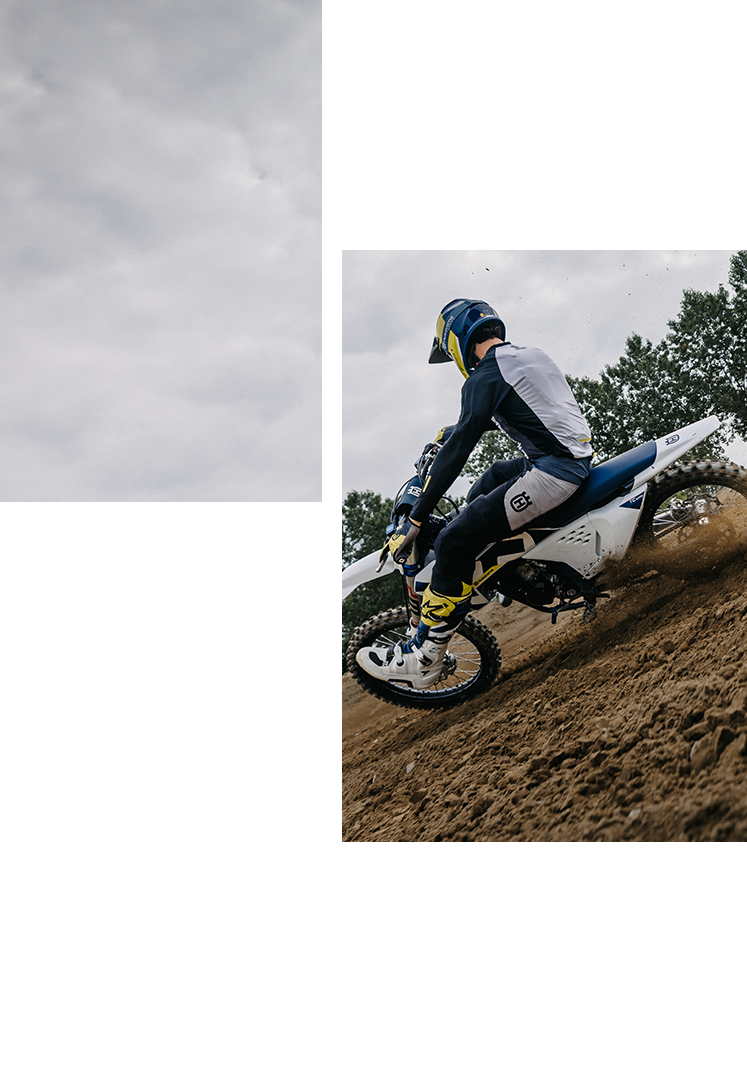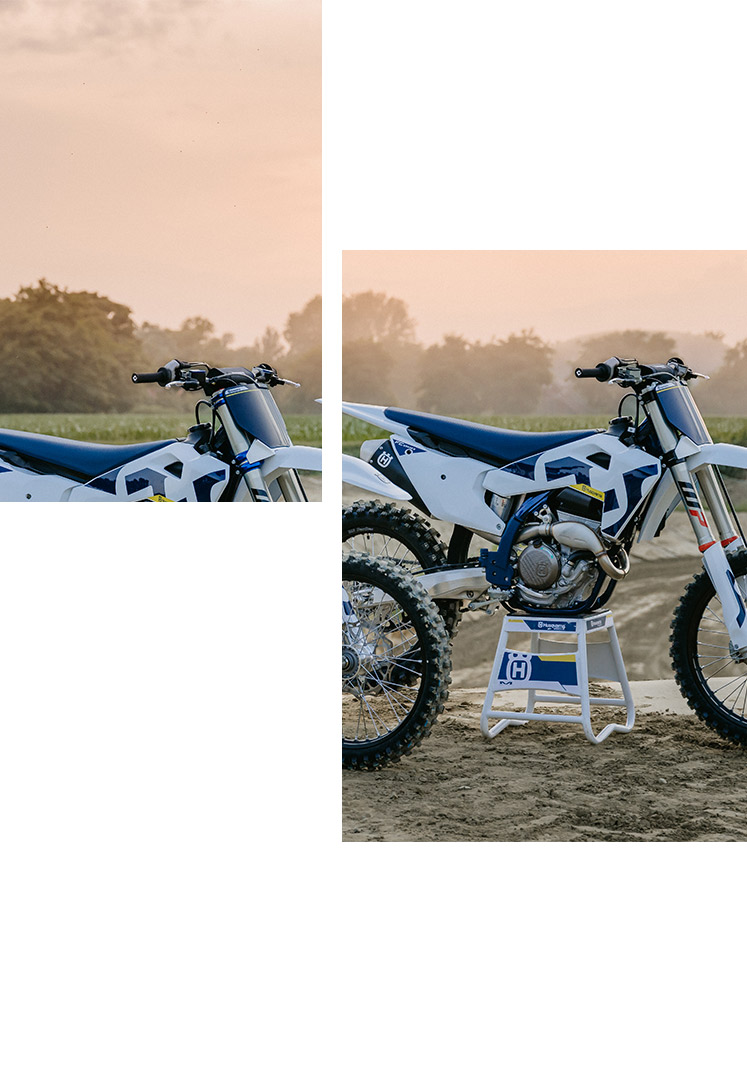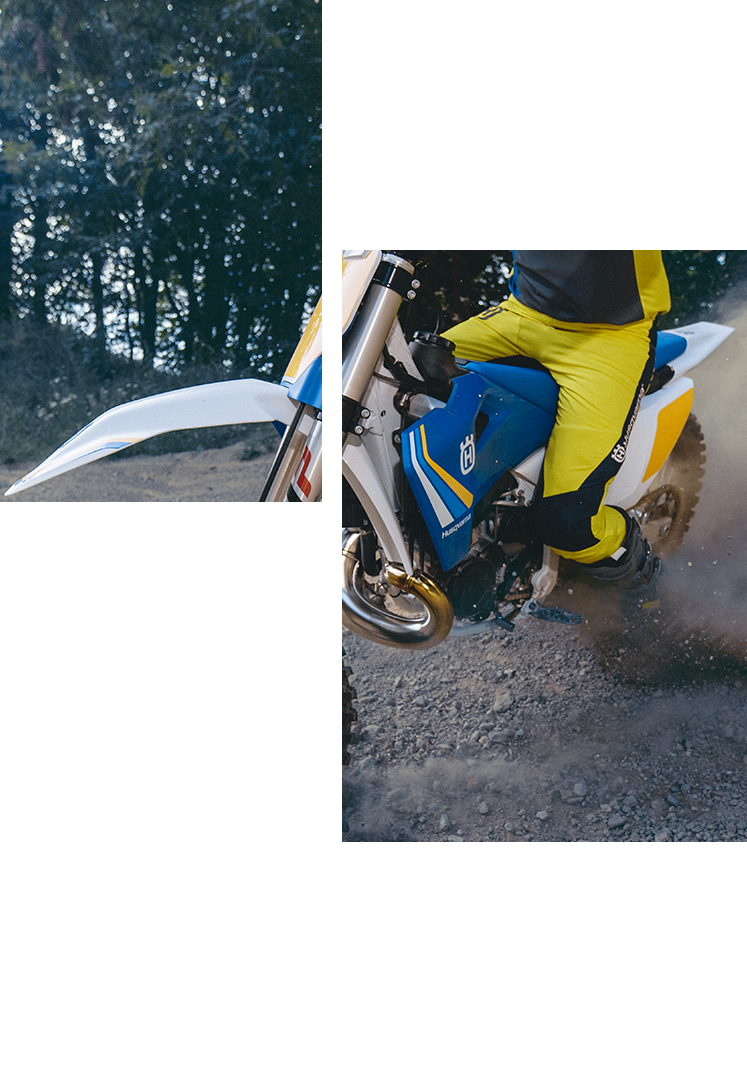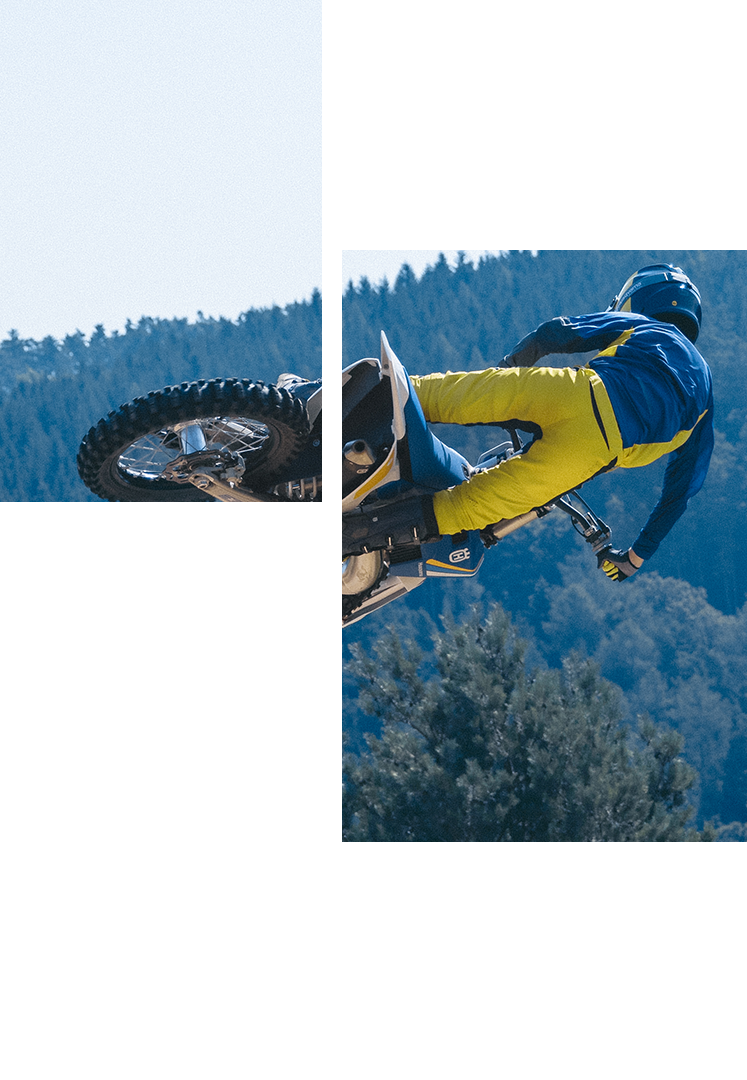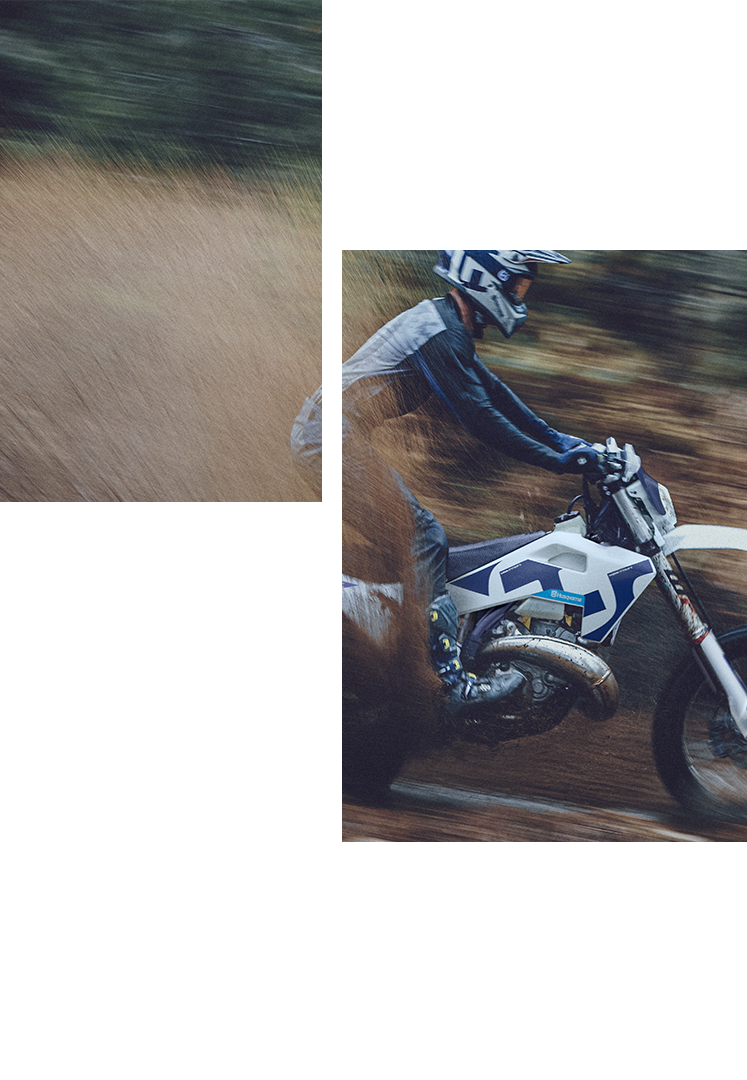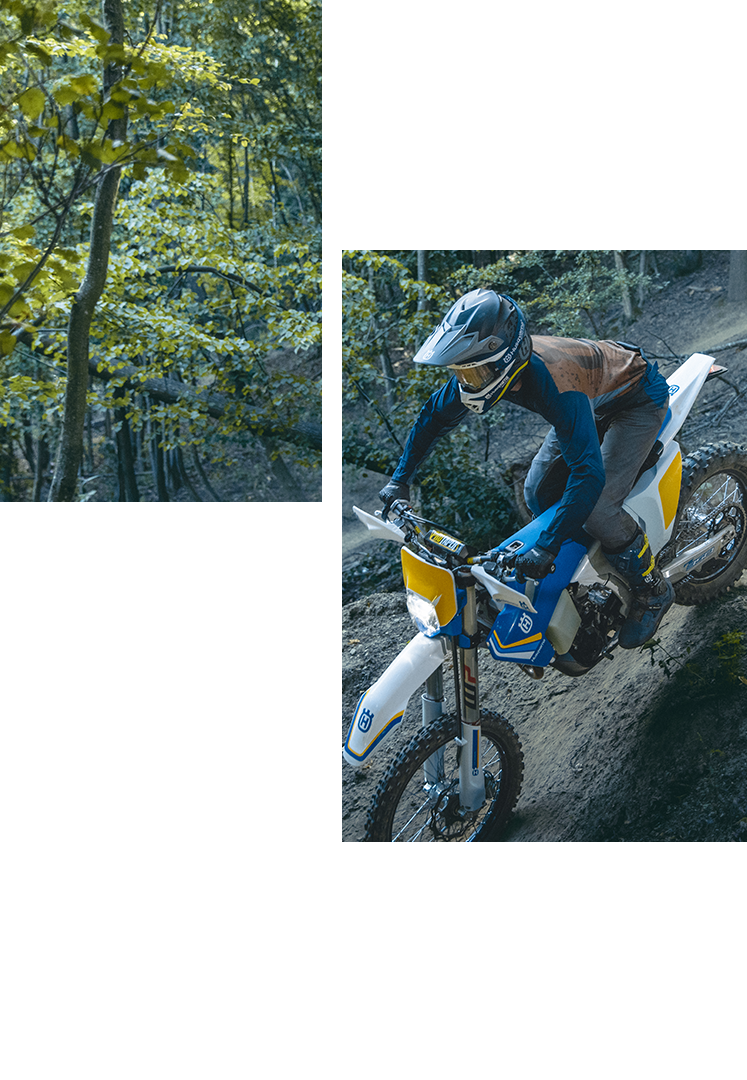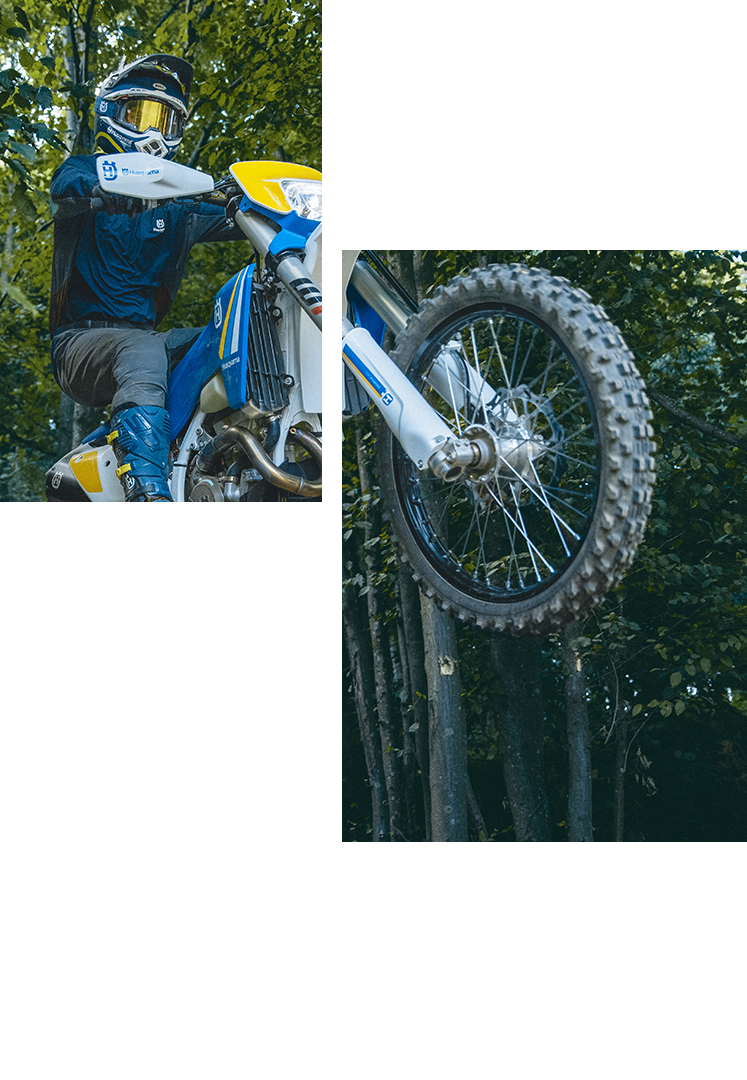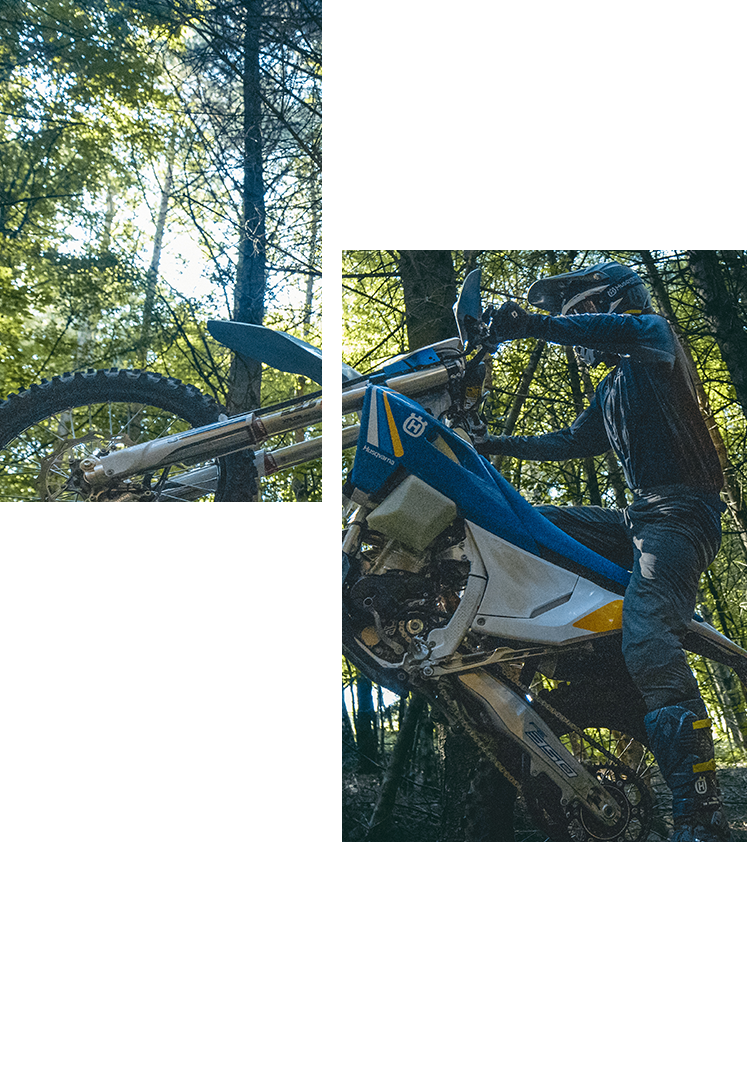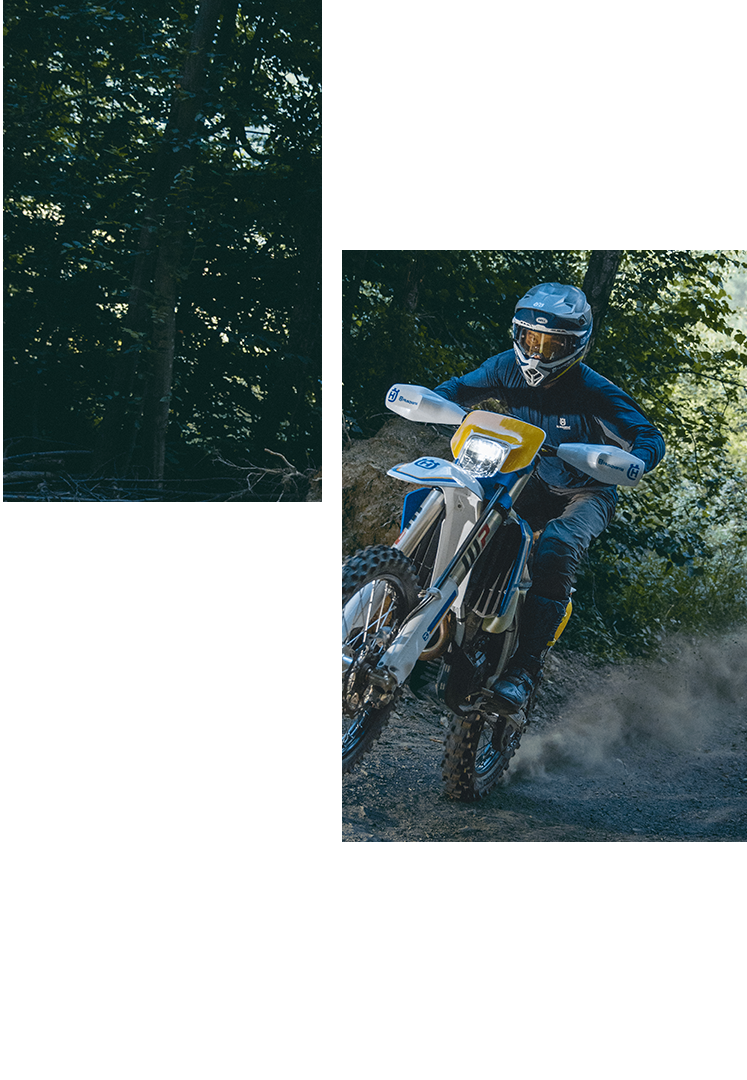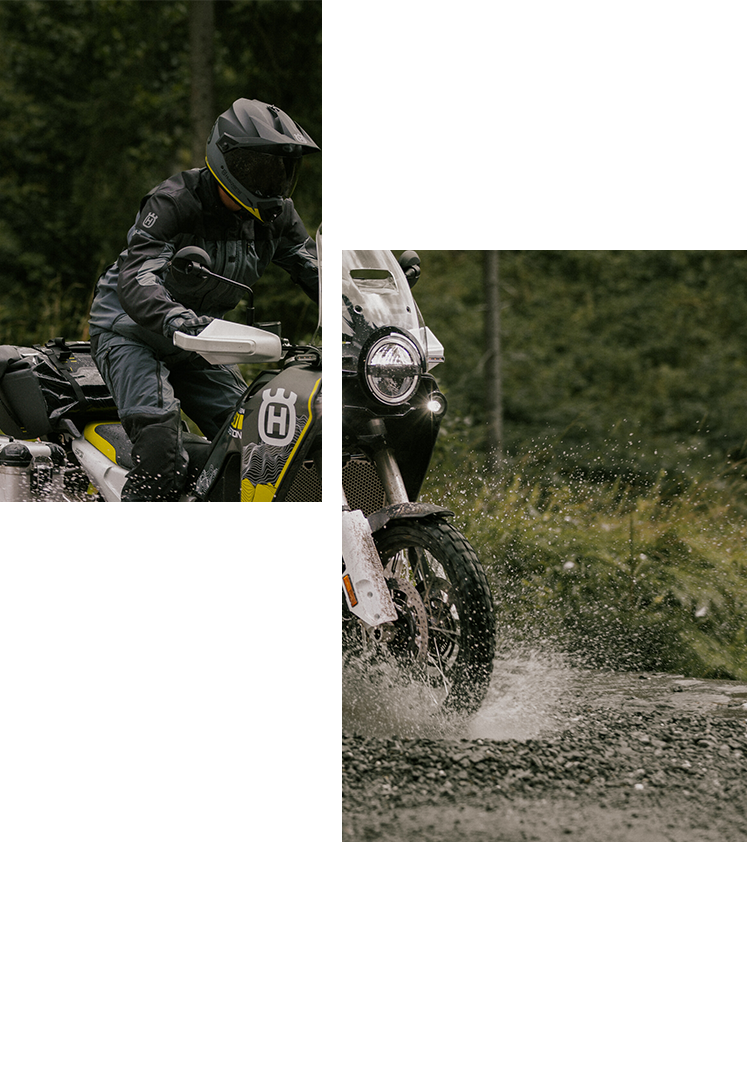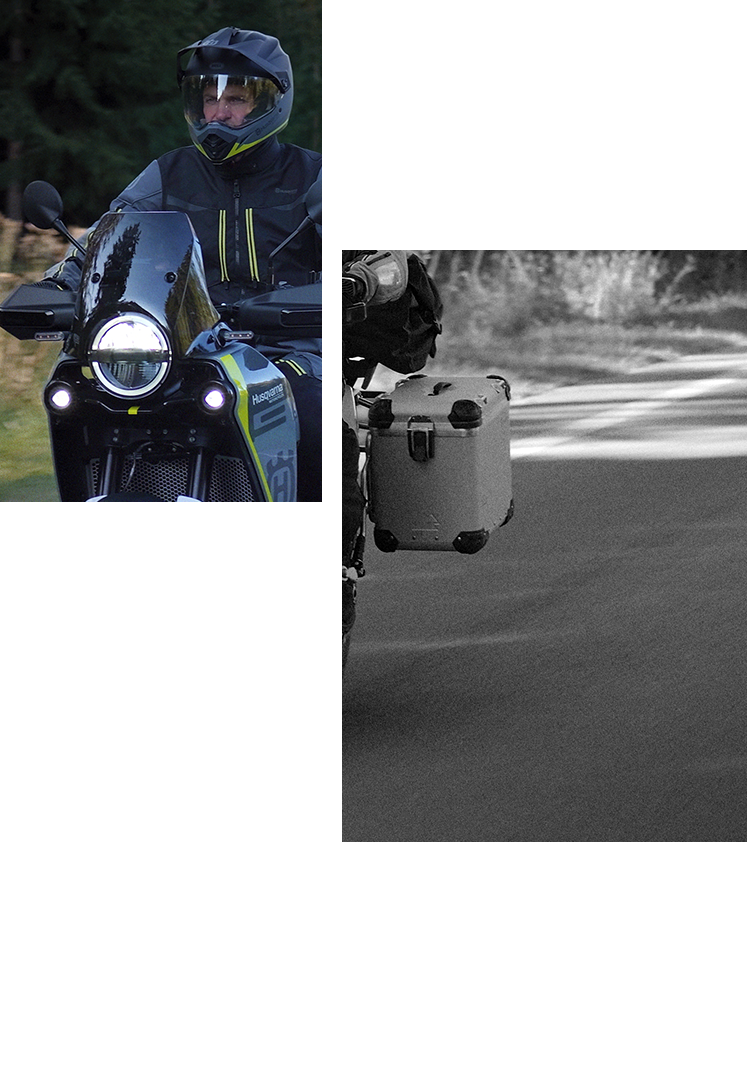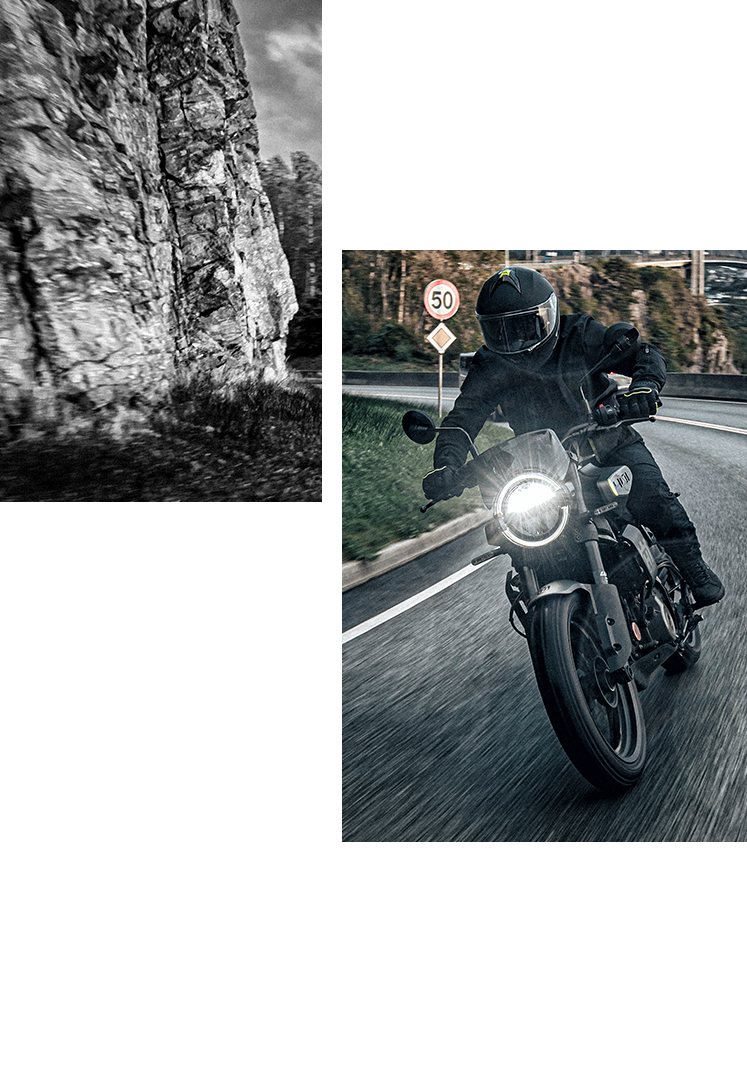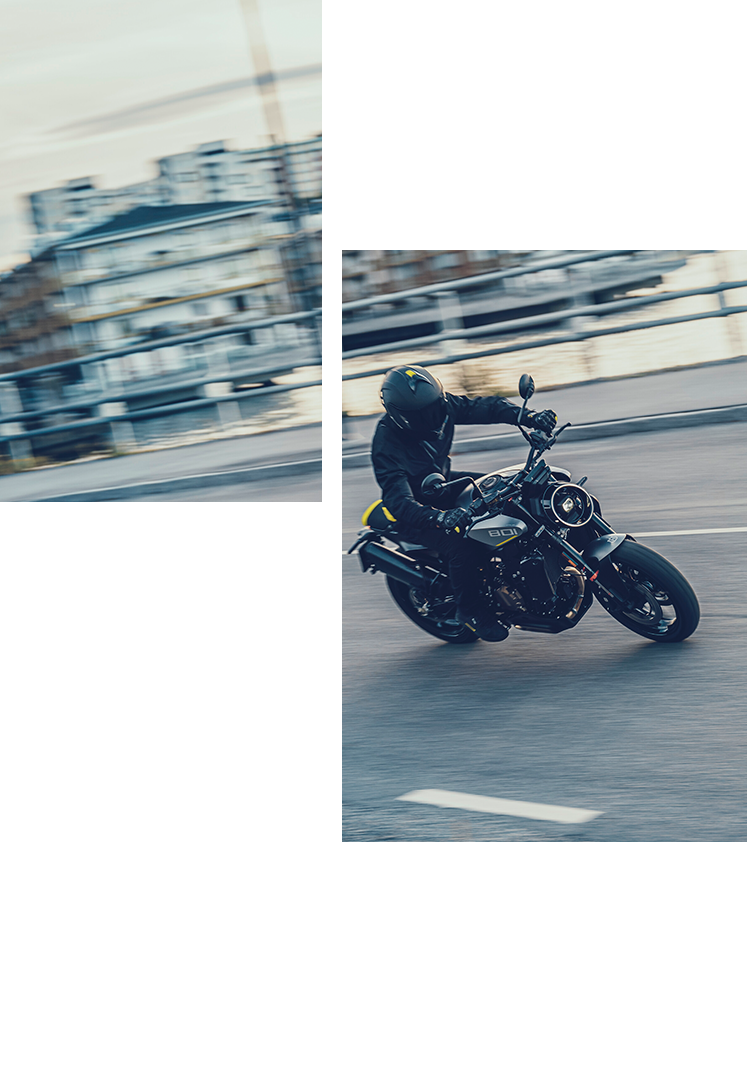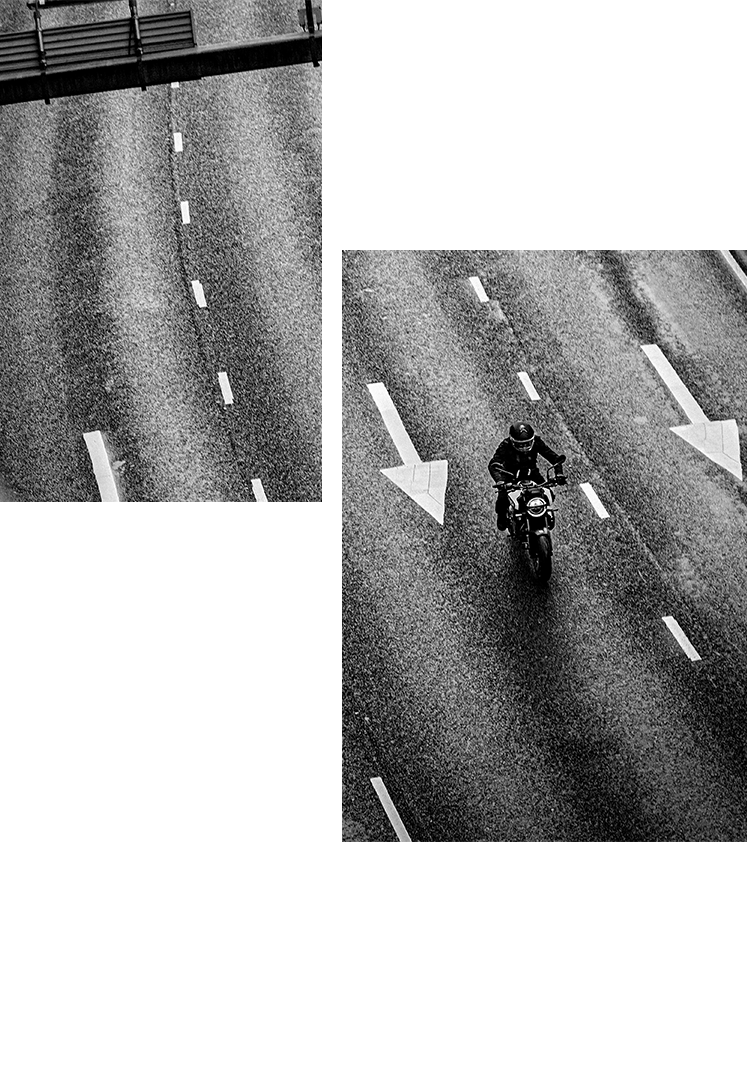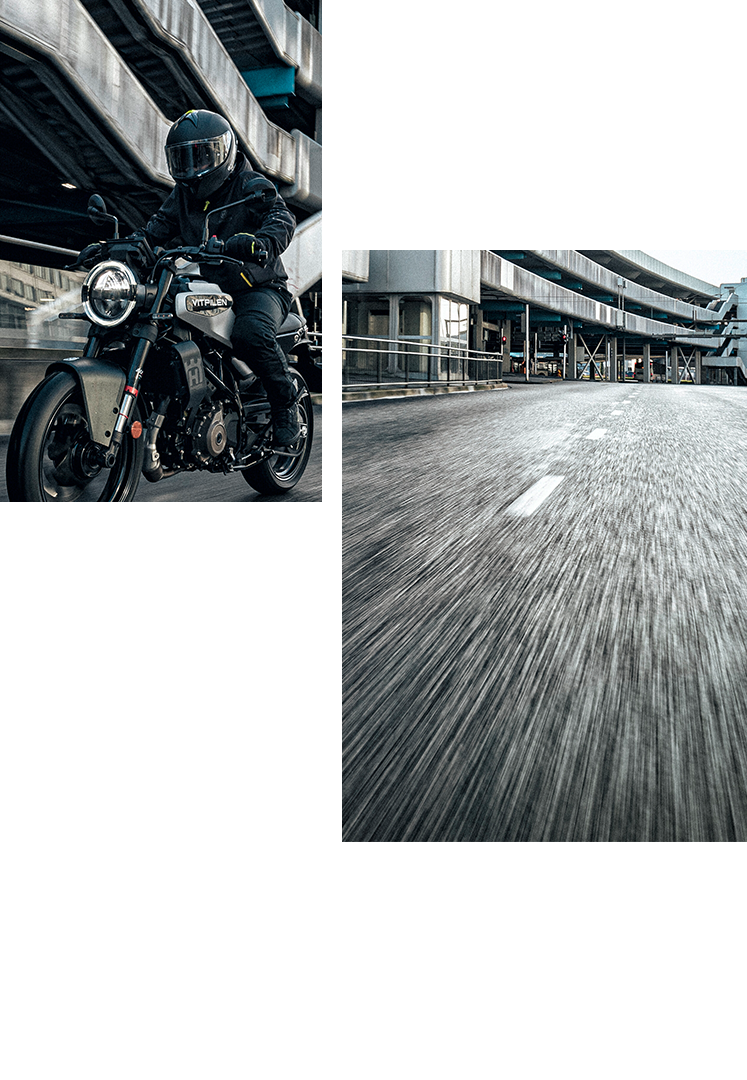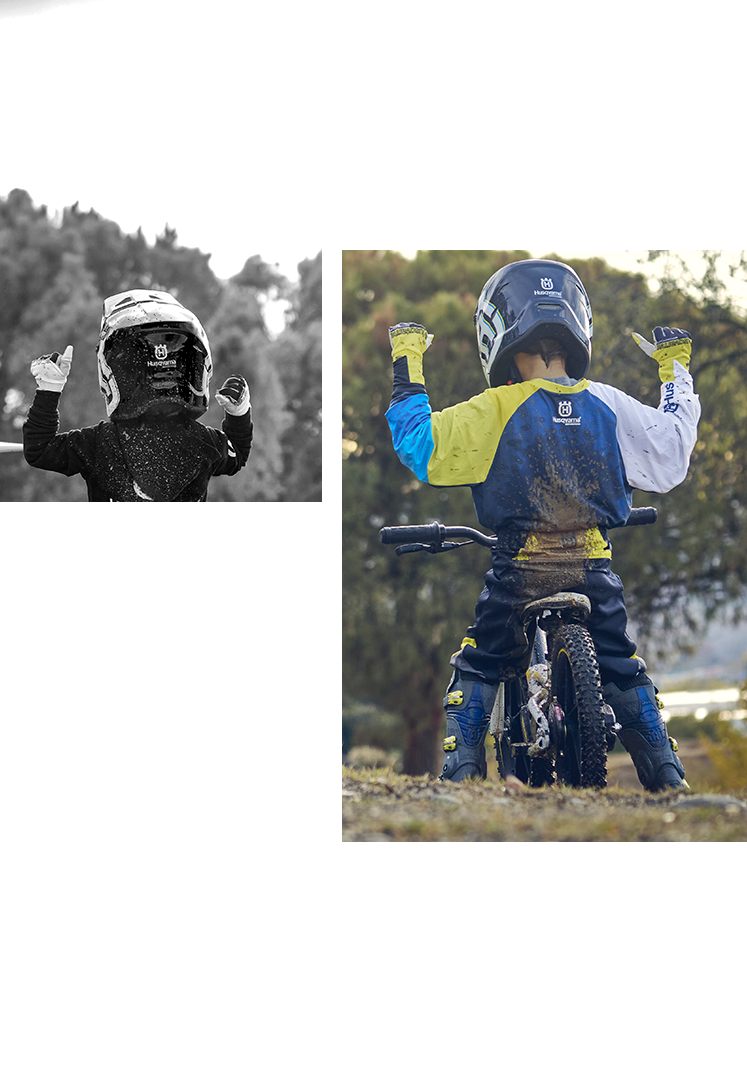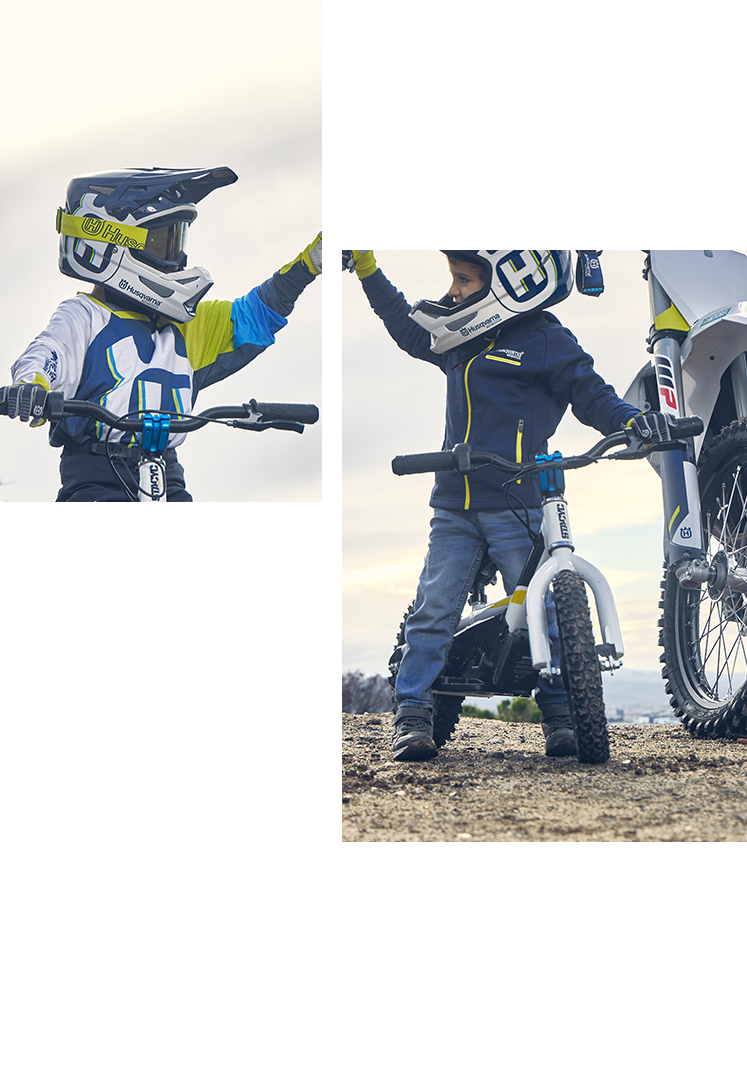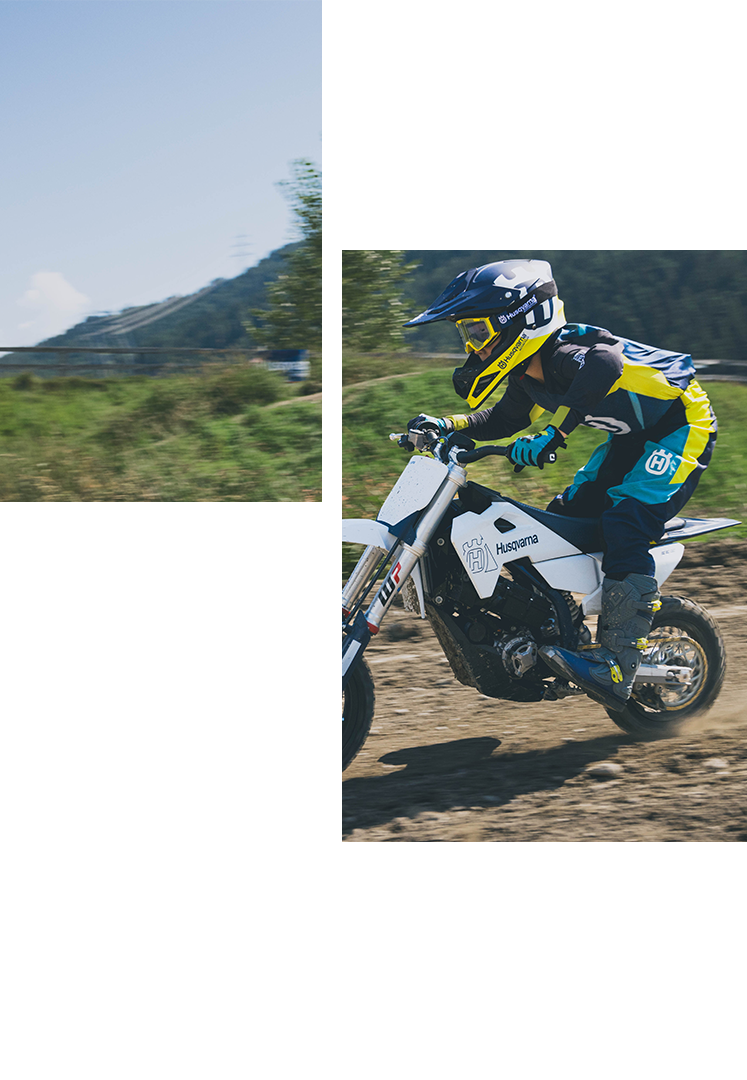Ace of the 30s
By Kenneth Olausson
The history of my uncle's racing career is unique. Ake Jönsson was a Husqvarna factory rider in the 30s and had great success on the spectacular machines that were world-known for their performance, durability and quality.
In the family bible, my grandfather – Olof Jönsson – has written the following story of the nasty accident which happened after 300 kilometres of driving… "On the 17th of February, 1951 Ake Jönsson started his trip towards the capital of Stockholm from his home in southern Sweden. His mechanic Malte Jensen was driving the truck when they encountered a lorry that blocked their way. Malte threw his vehicle into the snow in order to avoid the truck, but the snow was frozen to ice and Ake hit the dashboard heavily, injuring him severely. An ambulance was required and Ake lay in a coma for 18 hours before he woke. Ake's wife Gulli was contacted and she sat by his bedside for ten days before the doctors were able to X-ray their injured patient. We have prayed to God that Ake may get healthy again. I know that my daughter Hertha and her son Kenneth also prayed for uncle Jönsson. But it was certainly the end of a long, victorious career".
Ake Samuel Jönsson was born on the 8th of May, 1911 in Träne, which is near Kristianstad in the province of Skane. The Jönsson brothers, three in all, were interested in machines from a young age and Ake, the youngest started racing bikes at the age of 14. In April 1927 his real motorcycle career took off when he straddled a Belgian 350cc Saroléa in an enduro-type event, which he won.
“I think my opponents were lost in the wood as I was not riding very fast,” he smiled with a laugh after the finish line.
Ake did eight races during his initial season and won three of them. In 1929 he entered 13 events and conquered all the competition not less than three times. In a yearly ranking system of the very same year Ake hit ninth spot while my father Tore Olausson, also a dirt-track racer, was on tenth position! In Ake's three first competition years, besides Saroléa, he also straddled machines like British Excelsior and Coventry. In 1930 Ake became contracted to the firm of the Swedish "Suecia-verken", a local company based in Örkelljunga in southern Sweden. Ake raced the 350cc machine while his older brother Rudolf raced Suecia's 500cc bike. In 25 events Ake won seven and came second in as many competitions.
By 1930 the famous Husqvarna-engineer Folke Mannerstedt had noted the talent from the province of Skane. Ake was offered one of the factory 250cc machines, on which he would start competing in class A for the 1931 season. He was now a team-mate of big stars like Gunnar Kalén and Ragnar Sunnqvist, and of course, his older brother Rudolf Jönsson, who rode in the 350 class. The Husqvarna debut took place in November 1930 on a horse-track in Jägersro, Malmö. The event was a 5’000-meter race and the spectator tribunes were full of people despite the cold November afternoon. Ake showed Husqvarna that they had picked the right man and he won the main event where he showed no mercy to his competitors. His winnings were the equivalent of 25 US dollars and the 1931 season was right ahead in a year that Ake turned 20 years of age.
Ake had a strong temper and anything outside victory did never appeal to this thin and fit youngster. "It's probably a character feature in the family,” said Ake to me when I was a child (the blog editor lived a year with the Jönsson’s as a child). Privately Ake was no different. If he was to see someone, let's say at six o'clock, he would turn up by 5.55 and look at his watch to see when it turned six o'clock on the second. He would then ring the bell in order not to be late.
Impulsive and punctual were features of this young man who suffered from a state of manic depression at times. Ake's mood was as loose as his foot on the throttle ...
But he was also an authority when it came to quick decisions. No one told him what to do or how to react. On February 1st in 1931 there was a 10-kilometer race, again in Jägersro. Ake failed to score but came back three weeks later in order to take an overwhelming victory. That was his style. Loose one, but always regain the dominant peak soon after. In 23 events the same season Jönsson won 16 and came second on four occasions with his ultrafast Husqvarna machine. Ake's overwhelming capacity started to show in 1932 when he won 15 out of 19 races, inclusive the prestigious "Östgötaloppet", which was a 69km event. Ake not only conquered but also set a new race record in his class. With the 250cc Husqvarna he rode at an average of 92 kilometres an hour – a pace which was fifth fastest in the entire event, including the biggest classes.
Considering that Kalén and Sunnqvist rode bigger machines and that the race distance lay around 40 minutes, Ake's performance was even more attractive. This was one of Ake's biggest victories together with an event that lay four weeks ahead in time. The TT-race at Onsala had an attendance of a dozen international riders. Ake was back in the 250-saddle, which in this case was half a 500 using only one of the V-configuration cylinders. This machine was a legendary Husqvarna model in the 30s. Among the strong competitors in the A-class was the British world record holder Eric Fernihough. However, the reddish apple cheeked youngster by the name of Jönsson won the race after some domination. The winner’s prize was 200 Swedish Kronor (around 50 dollars) and this success cemented Ake's place in the famous Husqvarna "gang".
In the weekly newspaper "Motornyheterna" you could read about Ake's victories… His well-tuned Husqvarna and Ake's outstanding riding technique through corners were a difficult obstacle even for his teammates Gunnar Kalén and Ragnar Sunnqvist. Ake has adopted the world-famous Stevenson-stil with his leg sweeping out behind the machine during cornering.
After a five-month delay with no racing, the 1933 season took off with a second place for Ake.
The following month he rode in Denmark where he was forced to retire in Korsör. How would this end? The first victory did not arrive until at the end of July, when young Jönsson won in Hälsingborg. "It was a pre-race with all eyes set on the big Grand Prix in Saxtorp", Ake said to the press (I have a post-card where it says "Let's celebrate Grand Prix", signed by all the Husqvarna greats of the 30s). On the 3rd of September a record crowd of 150’000 spectators with 65 competing riders were seen at Saxtorp in the Skane province. It was the biggest motorcycle race ever held on Swedish soil! Ake Jönsson competed as usual in the 250cc class and the distance to be covered measured 14,5 kilometres. The start took place where the church of Saxtorps is situated. And then on to Dösjebro station, south to Lyckan (Happiness), west towards Björnstorp and then north to the finish line. After 21 laps Ake was second behind Briton Charlie Dodson when the Swede suddenly stopped at Björnstorp. Ake had an overwhelming margin to the third placed man, but the machine would not go any further.
“It was the biggest disappointment in my life,” cried Ake afterwards when interviewed.
In Husqvarna's unfortunate season of 1934, the 23-year old Jönsson only participated in eight events. He won five but now there were dark clouds on the horizon. The Super-Swede Gunnar Kalén lost his life in the German GP and all the Husqvarna machines were damaged severely when loading them on a ship to the Isle of Man. Husqvarna chose to withdraw from its race dominance and frankly just stopped racing.
Ake Jönsson was a successful, dominant racer with a good sense of humour. And still he was a man of few words until he arrived at the race track. But the car accident changed his life. After being a nerve wreck for years, his mood improved a little. But Ake was never the same man again.
Bike results of king Ake Jönsson
7 years on m/c: 1928-35, of which five years as factory rider at Husqvarna (1931-35)
A total of 105 events: 53 victories, 24 second places and 4 third spots.




